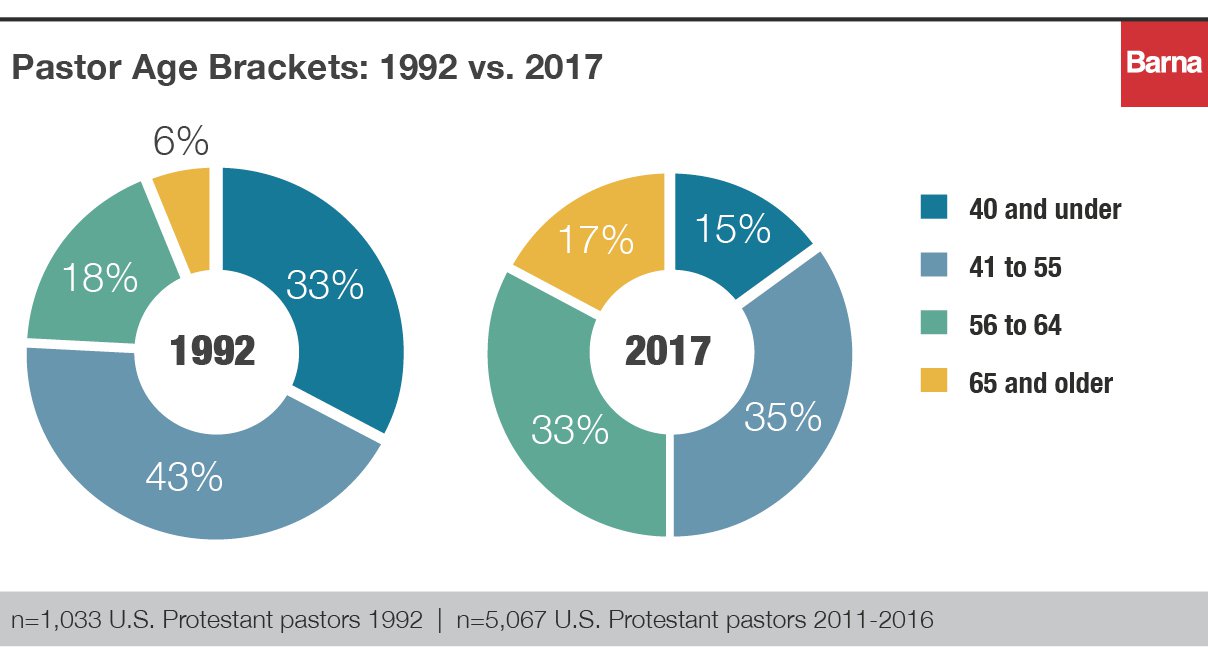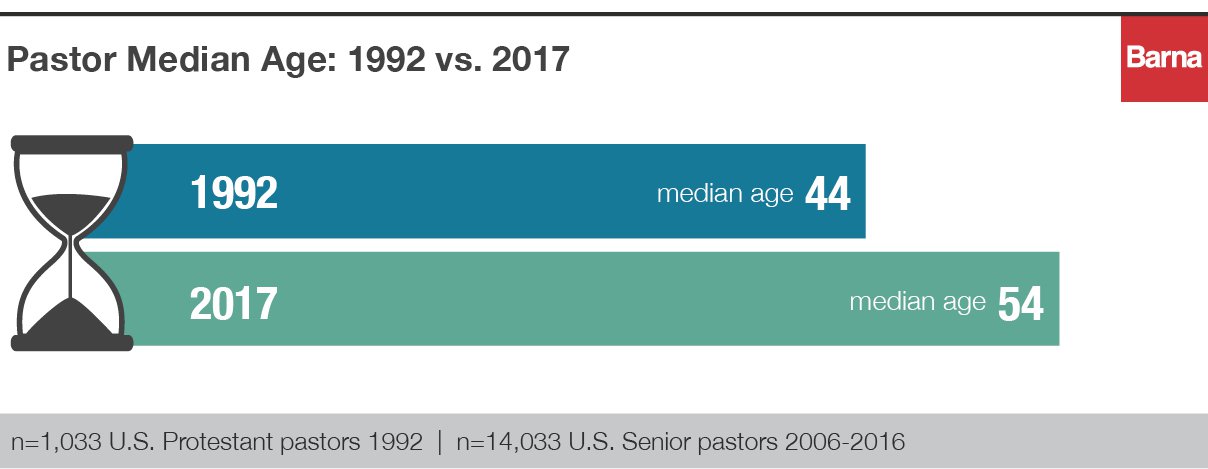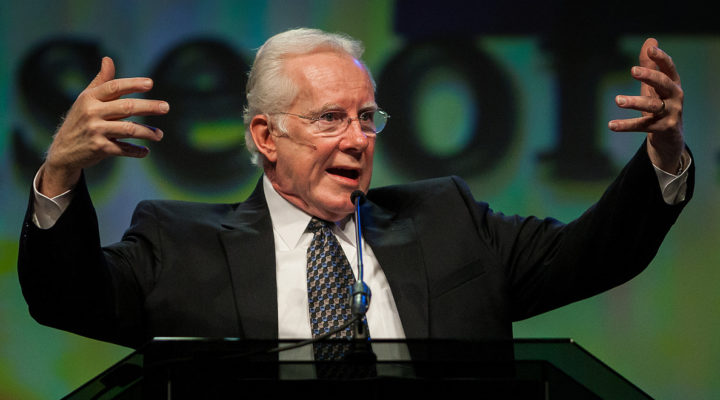If you’re noticing a lot of gray in the pulpit at your church these days, you’re not alone. Pastors are getting older.
“The aging of pastors represents a substantial crisis for Protestant churches,” David Kinnaman, president of the Barna Group, said in remarks included with a report titled “The Aging of America’s Pastors,” released Wednesday.
“In fact, there are now more full-time senior pastors who are over the age 65 than under the age of 40,” he said. “It is urgent that denominations, networks and independent churches determine how to best motivate, mobilize, resource and deploy … younger pastors.”
The data on aging is part of a larger study Barna conducted with Pepperdine University. It examined how religious leaders are negotiating the increasing complexity of modern life and ministry. “The State of Pastors” study also looked at shifts in the demographics of faith leaders and at the trends driving those changes.
The findings on age are often dramatic.
 In 1992, Barna reported that the median age of pastors was 44. A third of them were under 40 and a quarter was over 55. Only 6 percent were 65 or older.
In 1992, Barna reported that the median age of pastors was 44. A third of them were under 40 and a quarter was over 55. Only 6 percent were 65 or older.
“Twenty-five years later, the average age is 54,” Barna announced in a summary of the new report published online. “Only one in seven pastors is under 40, and half are over 55.”
And the percentage of faith leaders 65 and older has tripled since 1992, Barna said.
Going back even further, Barna found that 55 percent of all Protestant pastors were 45 or younger in 1968 – “that is, the majority of all church leaders were in their 20s, 30s and early 40s.”
By 2017, only 22 percent are under 45.
The research group cited a number of causes for these trends.
“At the most basic level, people are living longer.”
The average life expectancy for men in 1968 was 66 years old, compared to 76 today, according to the report summary.
 The increase in second-career clergy has been another factor – especially in non-mainline and historically black congregations. In other words, many ministers are answering their callings at later ages.
The increase in second-career clergy has been another factor – especially in non-mainline and historically black congregations. In other words, many ministers are answering their callings at later ages.
The 2008 economic crisis has also played a part by imploding 401(k) plans and home values. As a result, many older pastors are financially unable to leave their jobs.
“On the other end of the age spectrum, an insufficient number of young would-be pastors is likely a factor, too,” Barna said. “A majority of current pastors say even finding future leaders — much less mentoring them — is a challenge.”
Two-thirds of pastors surveyed said they believe it’s becoming more difficult to identify suitable, younger ministry candidates.
Also, 52 percent of clergy said they believe many young leaders think vocational ministry is less important than other kinds of work.
The report also cautions churches about the possible implications of increasingly older clergy.
“It’s not inherently a problem that there are older pastors in positions of leadership,” Kinnaman said in his published remarks. “In fact, younger generations are often looking for wisdom and leadership from established teachers and leaders.”
But there can be challenges.
“The problem arises when today’s pastors do not represent a healthy mix of young, middle age and older leaders,” he said. “For the Christian community to be at its best, it needs intergenerational leaders to move it forward.”


